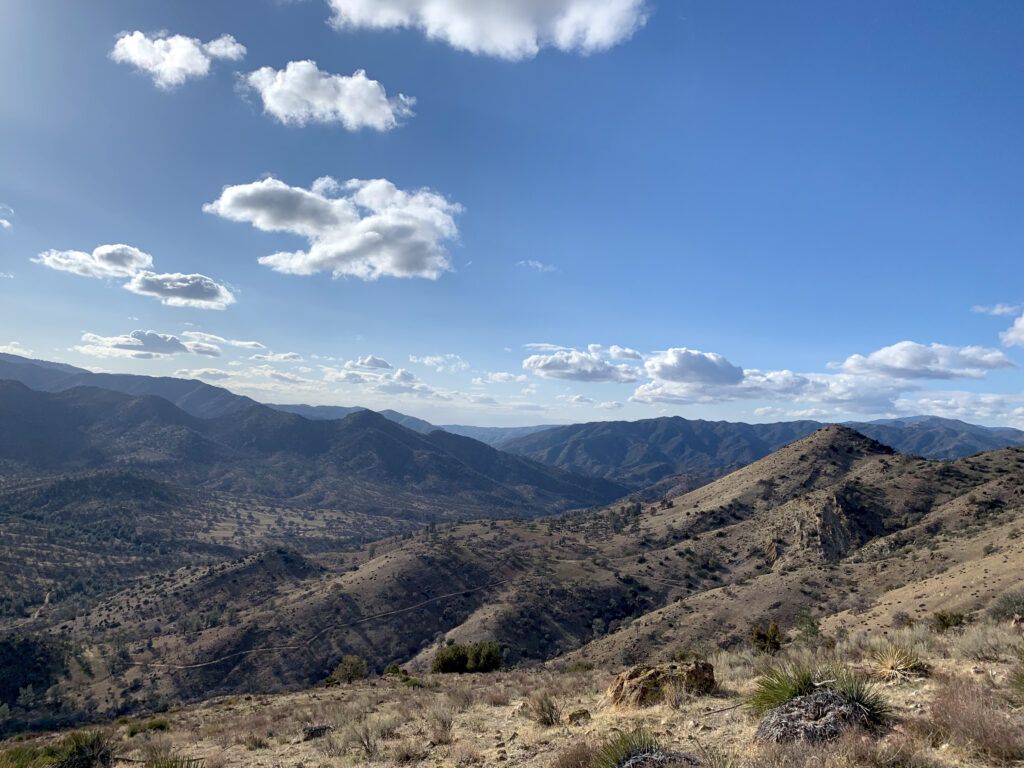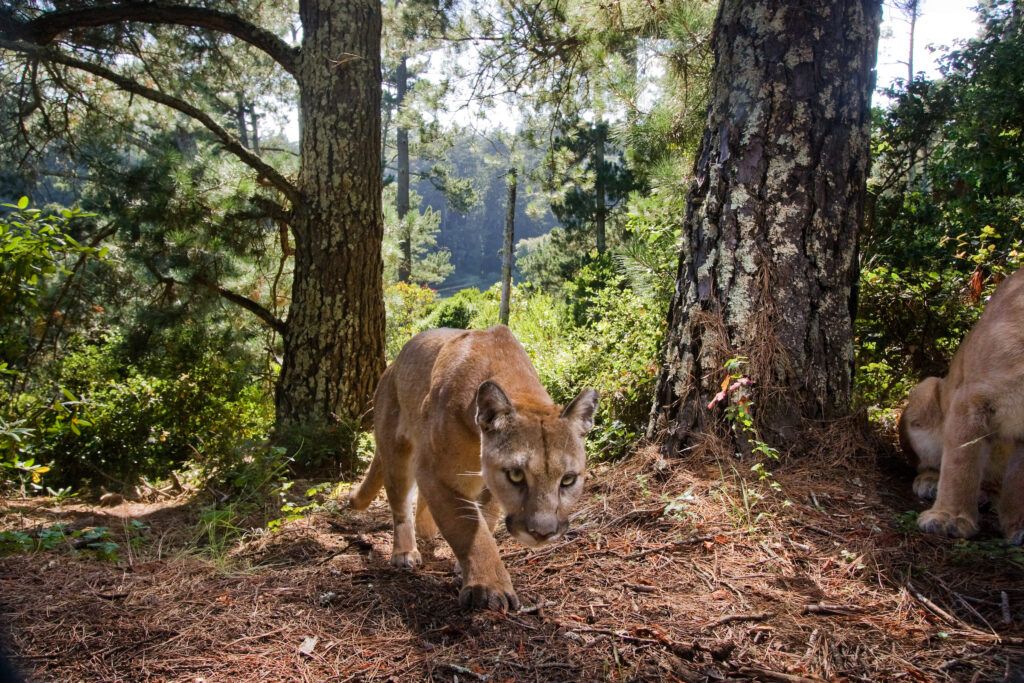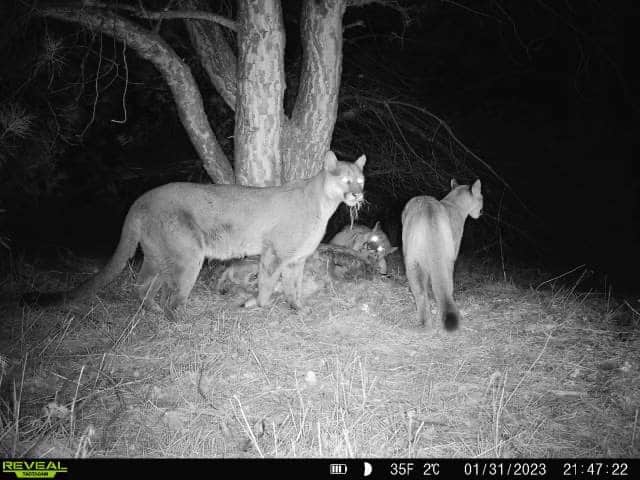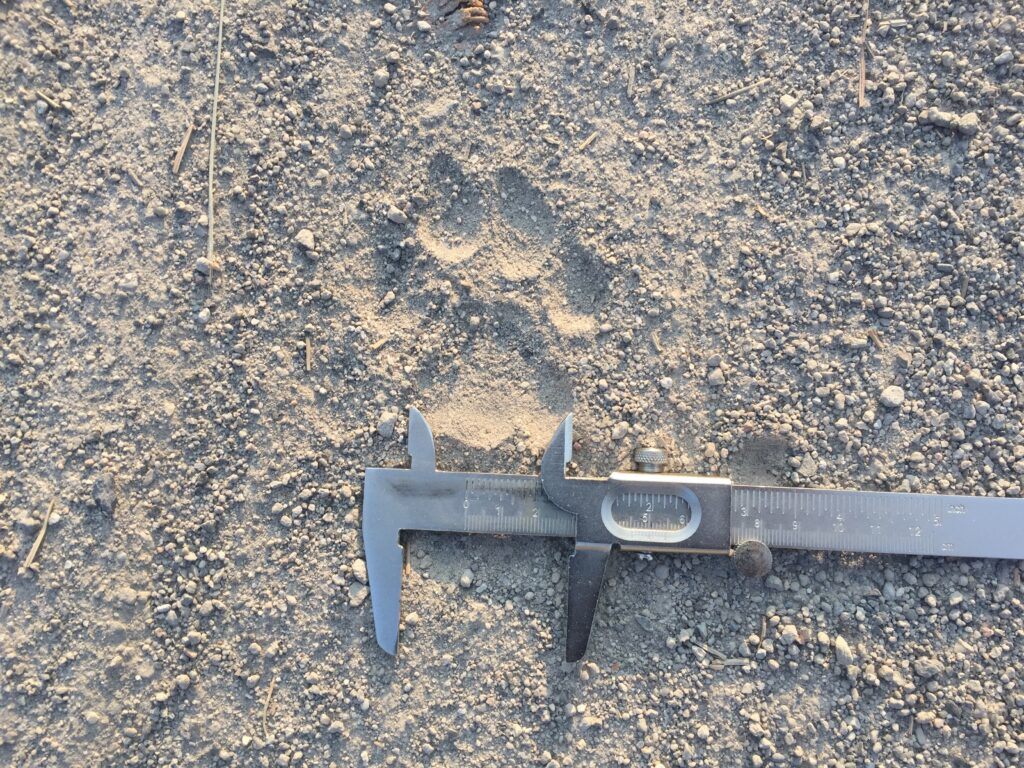California has the highest biodiversity and largest human population in the United States. These factors, along with patterns of land use throughout the state, contribute to complex pressures and opportunities regarding ecosystem integrity and human health. Habitat loss and fragmentation are key drivers of biodiversity loss, which is interconnected with climate change. Protecting and restoring landscape connectivity will be essential for wildlife to be able to persist and adapt in an ever-changing world.
WCN’s California Wildlife Program (CWP) was launched in 2021 and is focused on the conservation of ecological connectivity—the unimpeded movement of species and the flow of ecosystem processes. Employing WCN’s Wildlife Fund model, the CWP invests in a diverse array of approaches to conserve biodiversity throughout the state, and in turn, support the integrity of our ecosystems.
The urgent need for connectivity is exemplified by research documenting genetic drift and inbreeding within puma populations in the Central Coast and Southern California due to habitat fragmentation and road-related mortality. As wide-ranging animals, pumas are particularly vulnerable to landscape-scale habitat fragmentation. Based on recent analyses, it is not too late to restore genetic diversity to these at-risk populations, supporting their viability and continued role in California’s ecosystems.
One of the ways the CWP is addressing this issue is by investing in on-the-ground studies being conducted by the Karen C. Drayer Wildlife Health Center at UC Davis, as developed by Dr. Winston Vickers and Dr. Justin Dellinger. Dr. Vickers and colleagues are leading efforts to collar and track pumas in parts of the state that have been recognized as crucial for landscape connectivity, yet are currently data-deficient. These foundational studies are expected to yield insights that can inform the location and design of wildlife crossing infrastructure at highways and railways, land protection through land acquisition and land use policy, and more.
As we grapple with the causes and impacts of habitat fragmentation, we must pay attention to linear infrastructure, such as roads and railways, as well as broader patterns of human-driven development encroaching on important habitat areas. Given the interrelated pressures on ecosystems and the well-being of human communities, conservation work is taking an increasingly cross-disciplinary approach.
The CWP is funding a constellation of organizations who are conducting scientific studies, planning and building wildlife crossing infrastructure, protecting key habitats, or improving policies. It functions as a hub for connectivity conservation, supporting complementary approaches at multiple scales in order to advance collective impact throughout California.
While the pressures on wildlife are intense, this is also a productive and exciting time for conservation throughout the state. With gratitude to our supporters and colleagues, I am looking forward to collective progress over the coming years.





